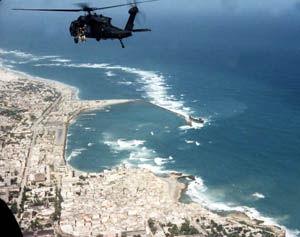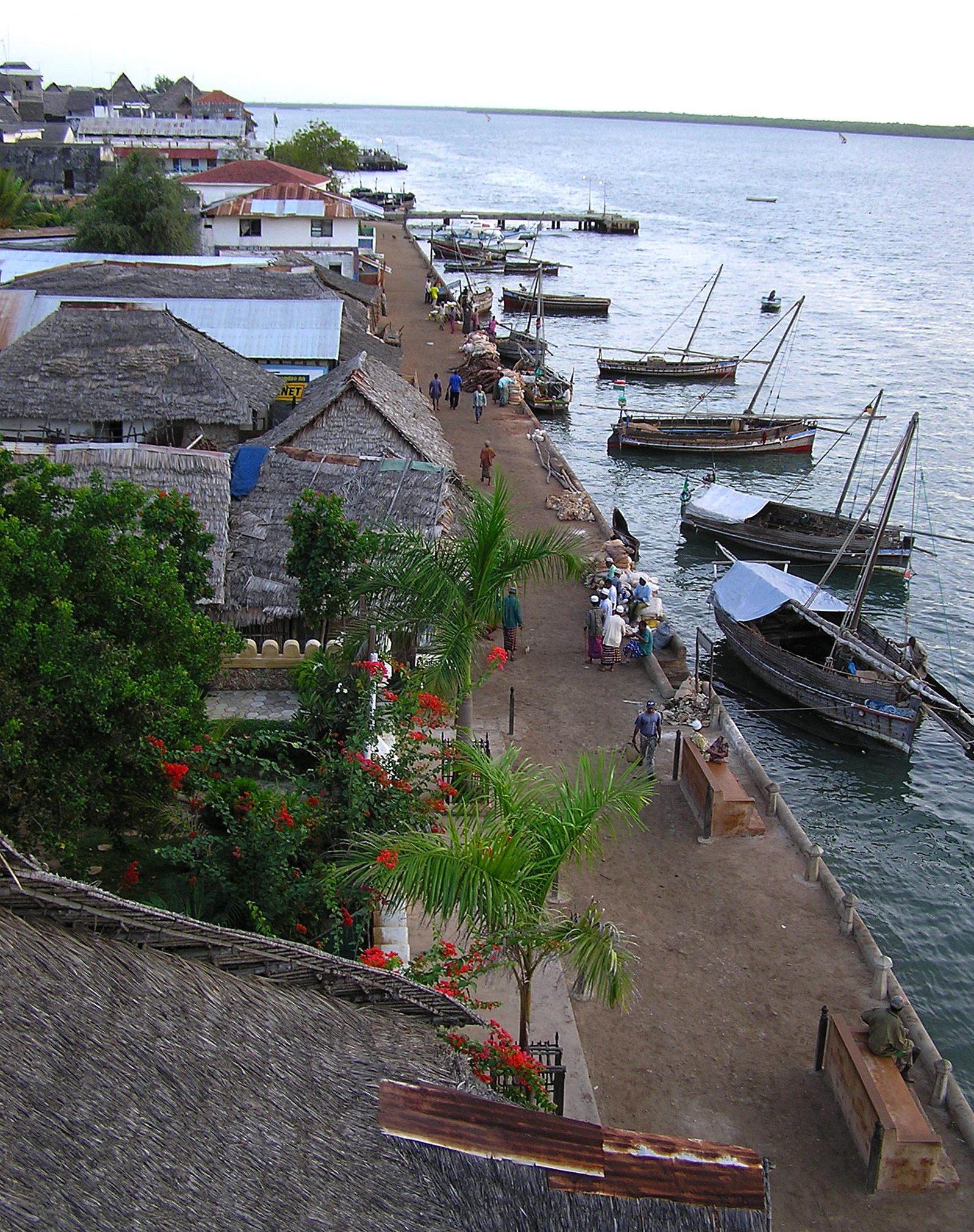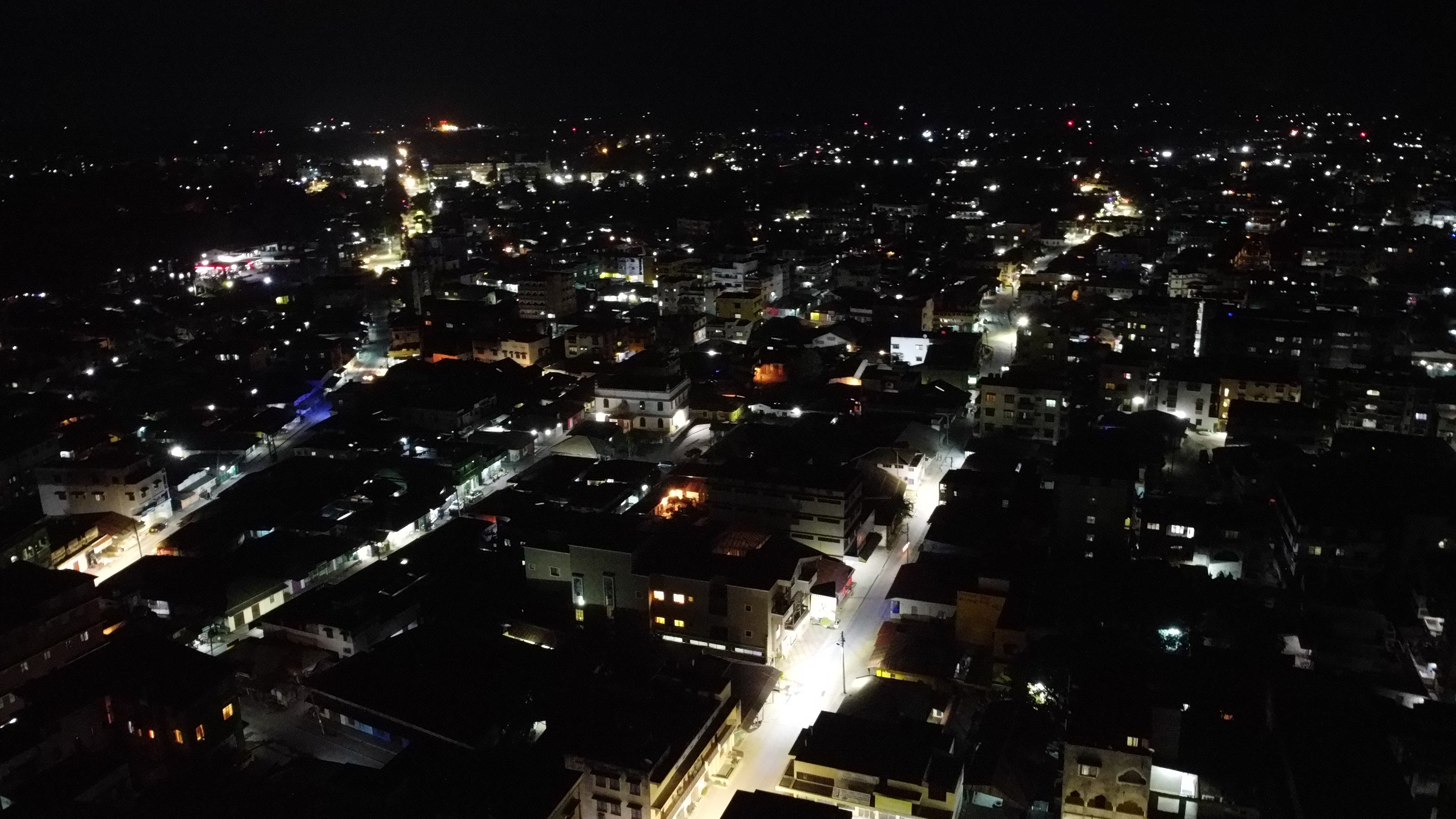|
Biido
Bida ( Chimini: Bidda, Somali: Biida) or Bido are a clan confederacy based in Baraawe, South West State of Somalia and make up one of the groups part of the "todobo Tol" (roughly translates to 7 clans) also known as Bravanese people. Member clans of this clan umbrella can also be found in other confederacies further up the coast in Marka and Mogadishu. Overview Biida which translates to "settled" in Chimini is a clan confederacy now made up of 10 clans, where each clan came in different historical periods and joined over the course of the last millennia. The original members of this confederacies belonged to the Wa'ili, Amwawi, Jabri, Qahtani and other tribes from mainly southern Arabia. These Arabic names can still be found on the nisbas of the local families however in the course of times these names have changed locally, hence Wa'ili are called Ra Waali, Amwawi are called Ra Ma'limu, Jabri are called Gabra/Gabro and the Qahtani are called Reer Faqi. Any new arrivals fro ... [...More Info...] [...Related Items...] OR: [Wikipedia] [Google] [Baidu] |
Shanshiyo
Shanshiyo ( Somali: Shanshiyo Arabic: الشاشي) or Shaanshi'' is a Somali clan, mainly from the southern coastal cities of Mogadishu, Marka, Baraawe and Kismayo which established communities in the hinterlands in towns such as Baidoa and Diinsoor due to trading. Overview The clan traces its ancestry to Abd al-Rahman ibn Awf, a well-known and close companion of the prophet Muhammad. This group along the Benaadir coast first settled in the old quarter HamarWeyne and can still be found predominantly living in the houses around the masjid Awooto Eeday. All Shaanshiyos in Banaadir ancestry trace back to the common ancestor Abubakar Qaffal al-Shashi (from Shaash, which refers to what is now Tashkent)). From here, this group moved to other places along the coast and into the hinterlands of the former Banaadir. In Marka, they are part of the local confederacies called the 12 Koofi ( Somali: 12 hats) along with clans such as Duruqbo, Asharaf (Ba 'Alawi, Bin Hassan and Mahdali), ... [...More Info...] [...Related Items...] OR: [Wikipedia] [Google] [Baidu] |
Bravanese People
The Bravanese people, also known as the Barawani, are a minority ethnic group inhabiting the city of Barawe of Somalia. Origins As their name suggests, the Bravanese hail from ''Brava'' (Barawa), a port town on the southeastern coast of Somalia. Barawa is one of the most diverse place in Somalia. The people of this Banadir coast have been mixing with people from all around the world for hundreds of years. Because of its location and distance from Asia, Middle East, Europe, and nearby Islands, Barawa was strategically located for trade while people also exchanged ideas, skills, other knowledge and culture. The regional population traces their origins Arabian (particularly Hadhrami, Adnani and Qahtani). Many Bravanese people are of Arab origin and therefore they tend to look very physically distinct from the vast majority of other Somalis. Their culture, food and music resemble those of other East African islands and the Swahili people. The Bravanese people are locally known as ... [...More Info...] [...Related Items...] OR: [Wikipedia] [Google] [Baidu] |
Haatim
Haatim ( Chimini: Ra Haatimi, Somali: Haatim, Arabic: حاتم ) are a Somali clan from southern coastal cities of Baraawe, Marka, Kismayo and Mogadishu, they can also be found in the hinterland towns in the inter-riverine are of Somalia and further down the Swahili coast. The Haatim clan are synonymous with the town they first settled in, Baraawe and make up one of the groups part of the "todobo Tol" (roughly translates to 7 clans) also known as Bravanese people. Overview The Haatim trace their ancestry to Hatim Ta'iyy, a famous pre Islamic poet who lived in the 6th century, most notably the ancestor of the famous Sufi shaykh Ibn Arabi. The Haatim along the benaadir coast first settled in Baraawe and all Haatim in Somalia trace their ancestry to Mohamed bin Muslim bin Sabit bin Cali bin 'Abdullahi at-Tani, who is said to have arrived in Barrawe in 600 AH. From there different branches of Haatim moved to different cities along the Benaadir and Swahili coast and to the hi ... [...More Info...] [...Related Items...] OR: [Wikipedia] [Google] [Baidu] |
Benadiri
The Banaadiri people ( so, Reer Benaadir, ar, البنادريون) are a nationality in Somalia. Banaadiris largely inhabit Somalia's southern coastline. Overview Although the Benadiri are sometimes described as the founders of Mogadishu (hence, their colloquial name ''Reer Xamar'' or "People of Mogadishu", though the city itself is postulated to be a successor of ancient Sarapion), the Benadiris originate from a group of Arab travelers who settled along the southern coast of Somalia and built stone towns for defense and trade. Their members also trace their origins to diverse groups. The latter include Arab, Persian and Somali people. Reer Xamar were instrumental in helping to consolidate the local Muslim community, especially in the coastal Benadir region. During the colonial period, they were also among the founding members of the Somali Youth League, Somalia's first political party.I. M. Lewis, ''A pastoral democracy: a study of pastoralism and politics among the Norther ... [...More Info...] [...Related Items...] OR: [Wikipedia] [Google] [Baidu] |
Abd Al Aziz Al-Amawi
‘Abd al-‘Azīz al-Amawī ( ar, عبد العزيز الأموي; 1838–1896) was a Somali scholar following the Shāfi‘ī school of jurisprudence and the Ash'arite school of theology, and was a Sufi shaykh of the Qādiryya Sufi order, of which he established his own branch. He was also adviser to several sultans of Zanzibar. Biography Al-Amawī was born in the city of Barawa to the Ra Ma'limu clan, where he pursued studies under several well-known scholars, such as Sayyid Abū Bakr al-Miḥḍār al-Ḥaḍramī, Ḥājj ‘Alī b. ‘Abd al-Raḥmān, and the North African scholar Sayyid Aḥmad al-Maghribī. Al-Amawī left Barawa for Zanzibar in his teens to study under Muhyi al-Din al-Qahtani, the chief Shāfi‘ī qādī of Zanzibar. Al-Qahtani introduced him to the sultan of Zanzibar, Sayyid Sa'id bin Sultan. In 1854, al-Amawī, who was then only sixteen years old, was appointed by the Sultan as the Qadi (judge) of Kilwa Kilwa Kisiwani (English: ''Kilwa Island' ... [...More Info...] [...Related Items...] OR: [Wikipedia] [Google] [Baidu] |
Lamu
Lamu or Lamu Town is a small town on Lamu Island, which in turn is a part of the Lamu Archipelago in Kenya. Situated by road northeast of Mombasa that ends at Mokowe Jetty, from where the sea channel has to be crossed to reach Lamu Island. It is the headquarters of Lamu County and a UNESCO World Heritage Site. The town contains the Lamu Fort on the seafront, constructed under Fumo Madi ibn Abi Bakr, the sultan of Pate, and was completed after his death in the early 1820s. Lamu is also home to 23 mosques, including the Riyadha Mosque, built in 1900, and a donkey sanctuary. History Early history The original name of the town is Amu, which the Arabs termed Al-Amu (آامو) and the Portuguese "Lamon". The Portuguese applied the name to the entire island as Amu was the chief settlement. Lamu Town on Lamu Island is Kenya's oldest continually inhabited town, and was one of the original Swahili settlements along coastal East Africa. It is believed to have been established i ... [...More Info...] [...Related Items...] OR: [Wikipedia] [Google] [Baidu] |
Kenya
) , national_anthem = "Ee Mungu Nguvu Yetu"() , image_map = , map_caption = , image_map2 = , capital = Nairobi , coordinates = , largest_city = Nairobi , official_languages = Constitution (2009) Art. 7 ational, official and other languages"(1) The national language of the Republic is Swahili. (2) The official languages of the Republic are Swahili and English. (3) The State shall–-–- (a) promote and protect the diversity of language of the people of Kenya; and (b) promote the development and use of indigenous languages, Kenyan Sign language, Braille and other communication formats and technologies accessible to persons with disabilities." , languages_type = National language , languages = Swahili , ethnic_groups = , ethnic_groups_year = 2019 census , religion = , religion_year = 2019 census , demonym = ... [...More Info...] [...Related Items...] OR: [Wikipedia] [Google] [Baidu] |
Malindi
Malindi is a town on Malindi Bay at the mouth of the Sabaki River, lying on the Indian Ocean coast of Kenya. It is 120 kilometres northeast of Mombasa. The population of Malindi was 119,859 as of the 2019 census. It is the largest urban centre in Kilifi County. Overview Tourism is the major industry in Malindi. The city is popular among Italian tourists. Malindi is served with a domestic airport and a highway between Mombasa and Lamu. The nearby Watamu resort and Gedi Ruins (also known as Gede) are south of Malindi. The mouth of the Sabaki River lies in northern Malindi. The Watamu and Malindi Marine National Parks form a continuous protected coastal area south of Malindi. The area shows classic examples of Swahili architecture. The majority of Malindi's population is Muslim. Malindi is home to the Malindi Airport, Sai Eden Roc Hotel and Broglio Space Centre (the previous ''San Marco Equatorial Range''). History Malindi developed as part of the emerging Swahili Civili ... [...More Info...] [...Related Items...] OR: [Wikipedia] [Google] [Baidu] |
Mombasa
Mombasa ( ; ) is a coastal city in southeastern Kenya along the Indian Ocean. It was the first capital of the British East Africa, before Nairobi was elevated to capital city status. It now serves as the capital of Mombasa County. The town is known as "the white and blue city" in Kenya. It is the country's oldest (circa 900 AD) and second-largest List of cities in Kenya, cityThe World Factbook . Cia.gov. Retrieved on 17 August 2013. after the capital Nairobi, with a population of about 1,208,333 people according to the 2019 census. Its metropolitan region is the second-largest in the country, and has a population of 3,528,940 people. Mombasa's location on the Indian Ocean made it a historical trading centre, and it has been controlled by ma ... [...More Info...] [...Related Items...] OR: [Wikipedia] [Google] [Baidu] |
Dinsoor
Dinsoor ( so, Diinsoor) is a town in the southwestern Bay region of Somalia.Waaxda Dhexe ee Istaatistikada, p.18 It is the center of the Dinsoor District. Demographics Dinsoor has a population of around 28,000 inhabitants. The broader Dinsoor District Dinsoor District ( so, Degmada Diinsoor) is a district in the southern Bay region of Somalia. Its capital is Dinsoor Dinsoor ( so, Diinsoor) is a town in the southwestern Bay region of Somalia.Waaxda Dhexe ee Istaatistikada, p.18 It is the cente ... has a total population of 75,769 residents. Notable residents * Hasan Adan Samatar Notes References *Diinsoor Populated places in Bay, Somalia { ... [...More Info...] [...Related Items...] OR: [Wikipedia] [Google] [Baidu] |
Bardera
Bardera ( ar, بارديرا, so, Bardhere) is a city in Jubaland State of Somalia. It is the second largest and most populous city in Jubaland with Kismayo being the largest and most densely populated city in the region. Bardera sits on the Jubba River around 250 km west of the city of Baidoa and is in a highland area with fertile soil. The city experiences extremely hot temperatures from December to April and heavy rainfalls from April to May knowns as ''Gu'' (spring) The city was formerly known as the "Onion capital of the World" for its production of the vegetable, the name Bardera means tall palm trees. The palms were cut to construct native homes or ''midille''. Bardhere is also known as the centre of Islamic scholarship, as it is for agricultural production. The climate is ideally suited for year-round crop production and boasts of farms of sorghum, corn, onions, beans, sesame plants, tobacco, and fruits such as bananas, watermelon, oranges, papayas, and mangoes. ... [...More Info...] [...Related Items...] OR: [Wikipedia] [Google] [Baidu] |





.jpg)
